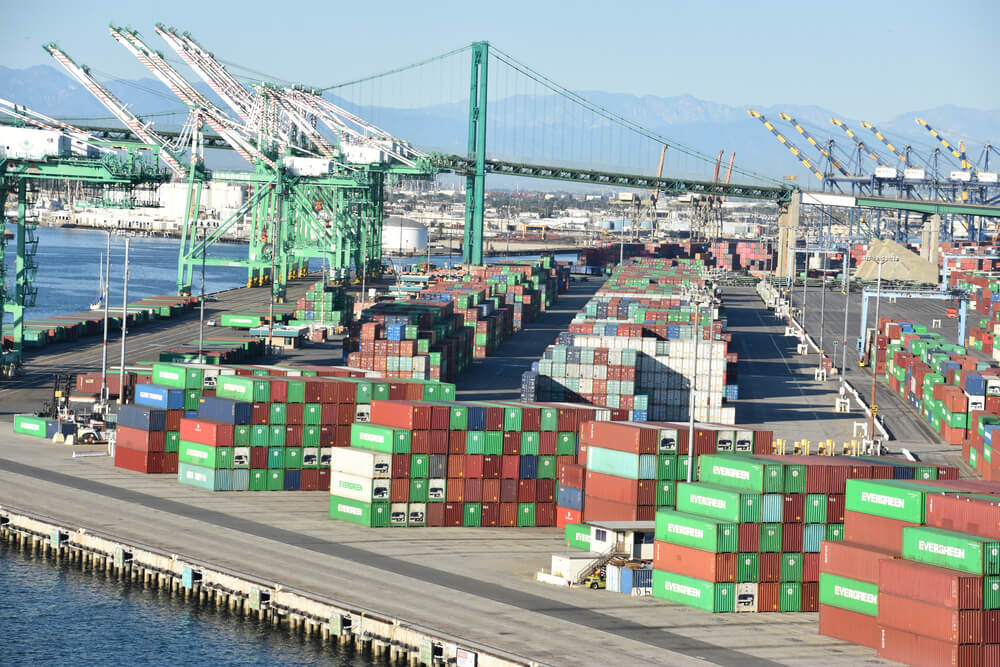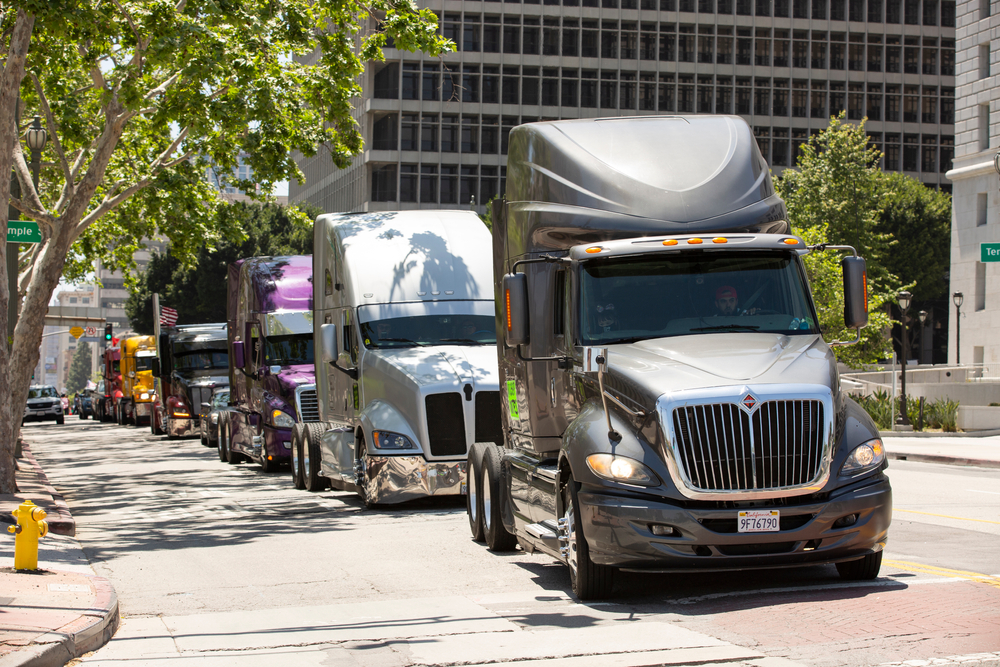
Ivy League economists and Washington, D.C., politicians continue to try and explain away container port bottlenecks or blame truckers and others in the freight hauling industry. While the over-educated and smooth-talkers create seemingly persuasive narratives, the supply chain crisis may be much simpler.
Recent reports indicate West Coast ports are “swamped” with empty containers that have accumulated after cargo ships from China and others were offloaded. In a perfect economy, there would be a relatively close trade balance, and containers filled with American goods and materials would travel east over the Pacific Ocean. But as the Wall Street Journal so aptly stated: “The biggest export out of Southern California these days is air. And it is suffocating the supply chain.”
Economic data indicates that the U.S. trade deficit increased by 11.2 percent during September alone. The deficit appears to be persistently widening each month, and imports rose by 21.1 percent by the end of that month, according to the Bureau of Economic Analysis. The trade deficit with China exceeded $255 billion at the end of September. It also appears to be on pace to exceed the negative $681 billion suffered in 2020.
Reports indicate the Golden State’s ports handled upwards of 6.9 million containers through August. That number equates to an increase of 23 percent compared to 2019 figures, before the height of the pandemic. While logistics insiders applaud the ports of Long Beach and Los Angeles for moving a record number of imported containers, the number of empty ones proves daunting. During the first 10 months of 2021, the California ports complex managed 6 million air-filled export containers. That’s a 20-percent hike in empty containers taking up space.
“They take up space at the docks, and they take up space at the terminals,” Port of Long Beach executive director Mario Cordero reportedly said. “It’s a serious concern. They take up space at the docks, and they take up space at the terminals.”
An estimated 110,000 empty containers were recently piled as high as regulations allow at prominent terminals. More than 65,000 empties littered the Port of L.A. docks alone. Industry insiders also note that private yards are packed to the gills, and unused containers are spilling out into streets. Adding insult to injury, terminals and private outfits continue to lease land and lose money dumping containers on vacant plots that can be seen 80 miles away from ports.
Freight carriers and truckers have reportedly complained the quagmire has gotten so bad the chassis they need are blockaded by stacks of containers. Delays finding appropriate chassis negatively impact truckers’ hours of service and hurt supply chain efficiency.
“It’s really gumming up the works,” Matt Schrap, head of the Harbor Trucking Association, reportedly said. “Because we can’t pick up these chassis, we’re actually sending guys home.”
Academics and politicians can blame truckers, new Covid variants, and make all the excuses they like. But sometimes, the most straightforward and most obvious explanations shed light on the facts. Truth be told, the U.S. has a severe trade imbalance that is disrupting the supply chain. Those air-filled containers are a physical reminder.
Sources: wsj.com, businessinsider.com











Leave a Comment